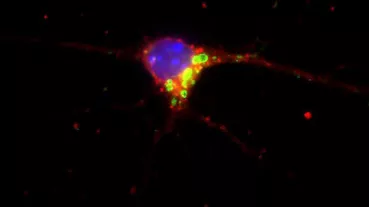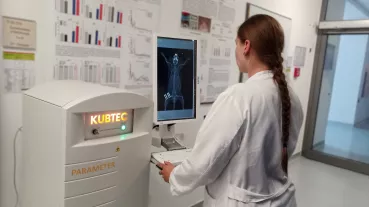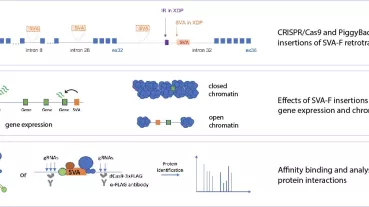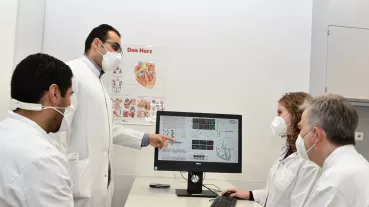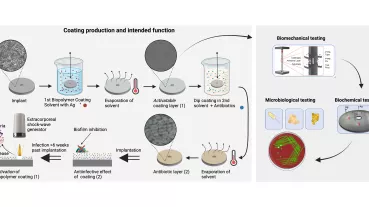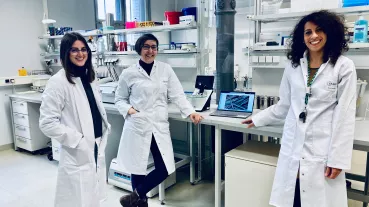The Contribution of Salivary Extra-Cellular Vesicles to Taste-Cell Transcriptomics and Eating Behavior in Obesity
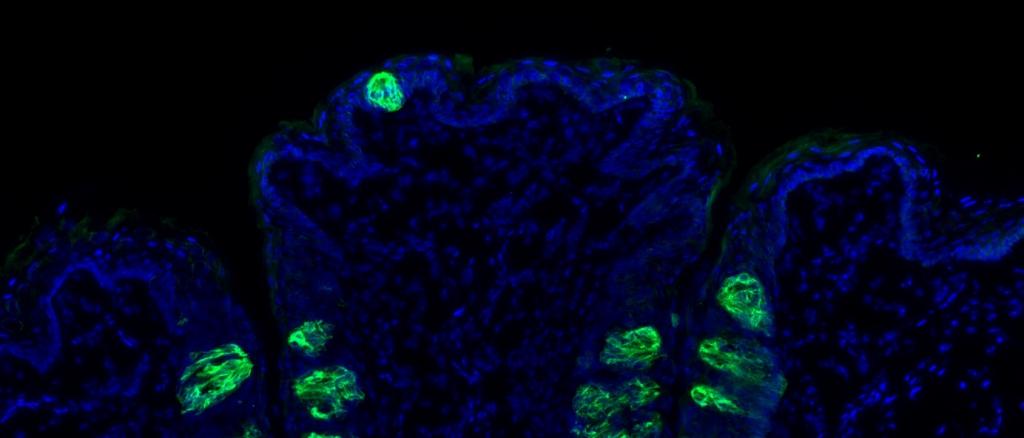
Saliva contributes to dissolve tastants over the tongues surface. Additionally it harbors components such as extracellular vesicles, small particles that derive from virtually all cells of the body. They serve to exchange information between organs by carrying small molecules such as microRNAs. These microRNAs could potentially influence taste cell function. The aim of this project is to evaluate if changes in the type and constitution of salivary vesicles is altered with respect to bodyweight. Consequences of vesicle-derived microRNAs on the function of taste cells will be addressed by using cell culture systems. The lessons learned from this project could help to understand how obesity influences taste cells and how they could be pharmacologically conducted to address food choices.
Here you can find further information.
